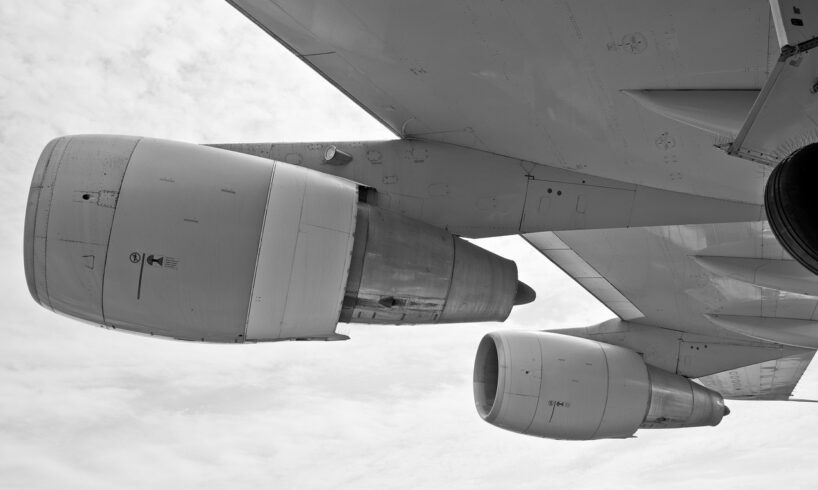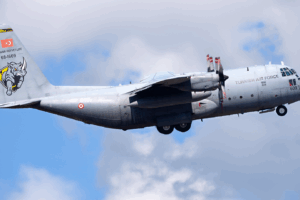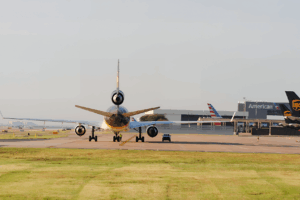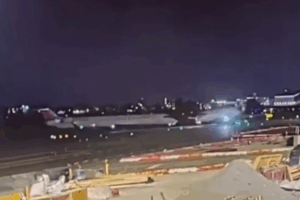
In the immediate aftermath of the tragic crash of UPS Flight 2976 on November 4, 2025, the National Transportation Safety Board (NTSB) has released preliminary findings indicating a harrowing struggle by the flight crew to maintain control of the aircraft. The McDonnell Douglas MD-11 freighter experienced a catastrophic engine separation during takeoff from Louisville Muhammad Ali International Airport, ultimately crashing into an industrial area and resulting in multiple fatalities.
NTSB investigators have analyzed data from the cockpit voice recorder (CVR) and flight data recorder (FDR), revealing that a persistent, ominous bell sounded in the cockpit just 37 seconds after the crew initiated takeoff thrust. This alarm continued for the remaining 25 seconds of the recording, a period during which the crew engaged in efforts to regain control of the aircraft. The NTSB member leading the on-scene investigation, Todd Inman, stated that this sustained alarm likely signals the aircraft’s impending crash.
Preliminary evidence suggests that the left engine, designated as No. 1, disintegrated and separated from the aircraft during the takeoff roll. Witness accounts and video footage corroborate this, showing the aircraft’s left wing engulfed in fire as it moved down the runway. The separated engine cowling and engine components were later found scattered along the runway and in the surrounding area, with investigators conducting thorough searches for debris.
The crash claimed the lives of all three crew members on board the MD-11. In addition to the onboard fatalities, the crash resulted in significant ground casualties, with at least 14 people confirmed dead and numerous others injured. The aircraft impacted buildings in an industrial zone near the airport, causing widespread destruction and fires. Search and rescue efforts have been extensive, navigating a debris field that stretched for approximately half a mile.
The NTSB anticipates releasing a preliminary report on the accident within 30 days, with the full investigation expected to take up to two years to complete. Investigators are examining the aircraft’s maintenance history, including recent heavy maintenance performed six weeks prior to the incident. This tragedy has amplified calls for enhanced aircraft safety measures and rigorous scrutiny of maintenance protocols within the cargo aviation industry.





